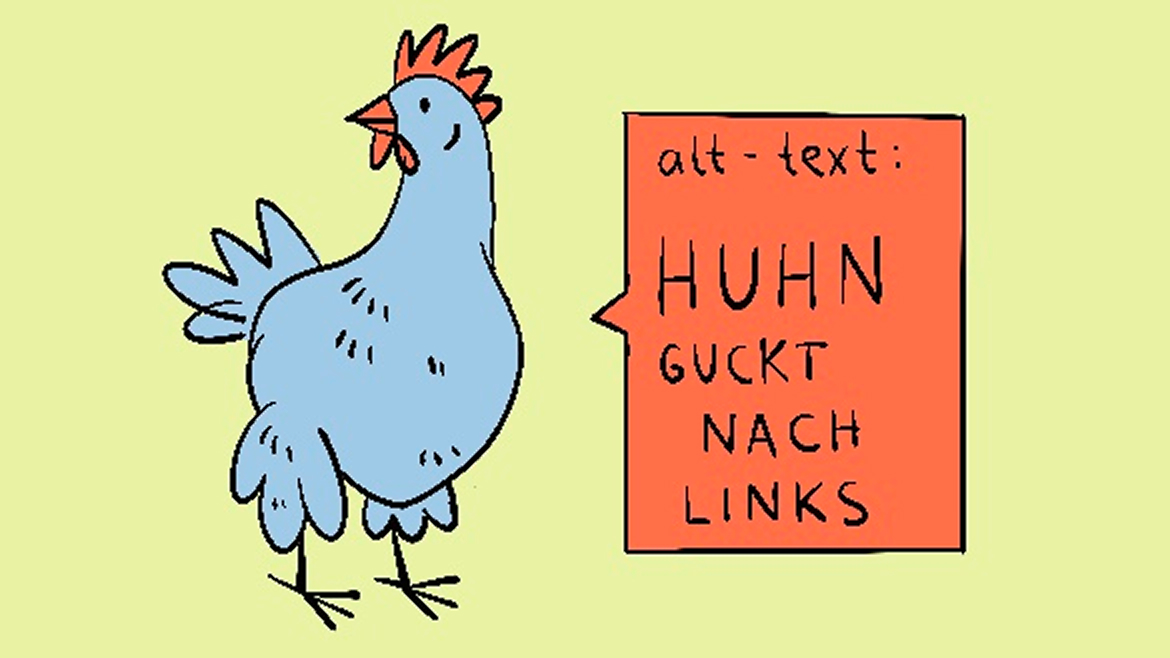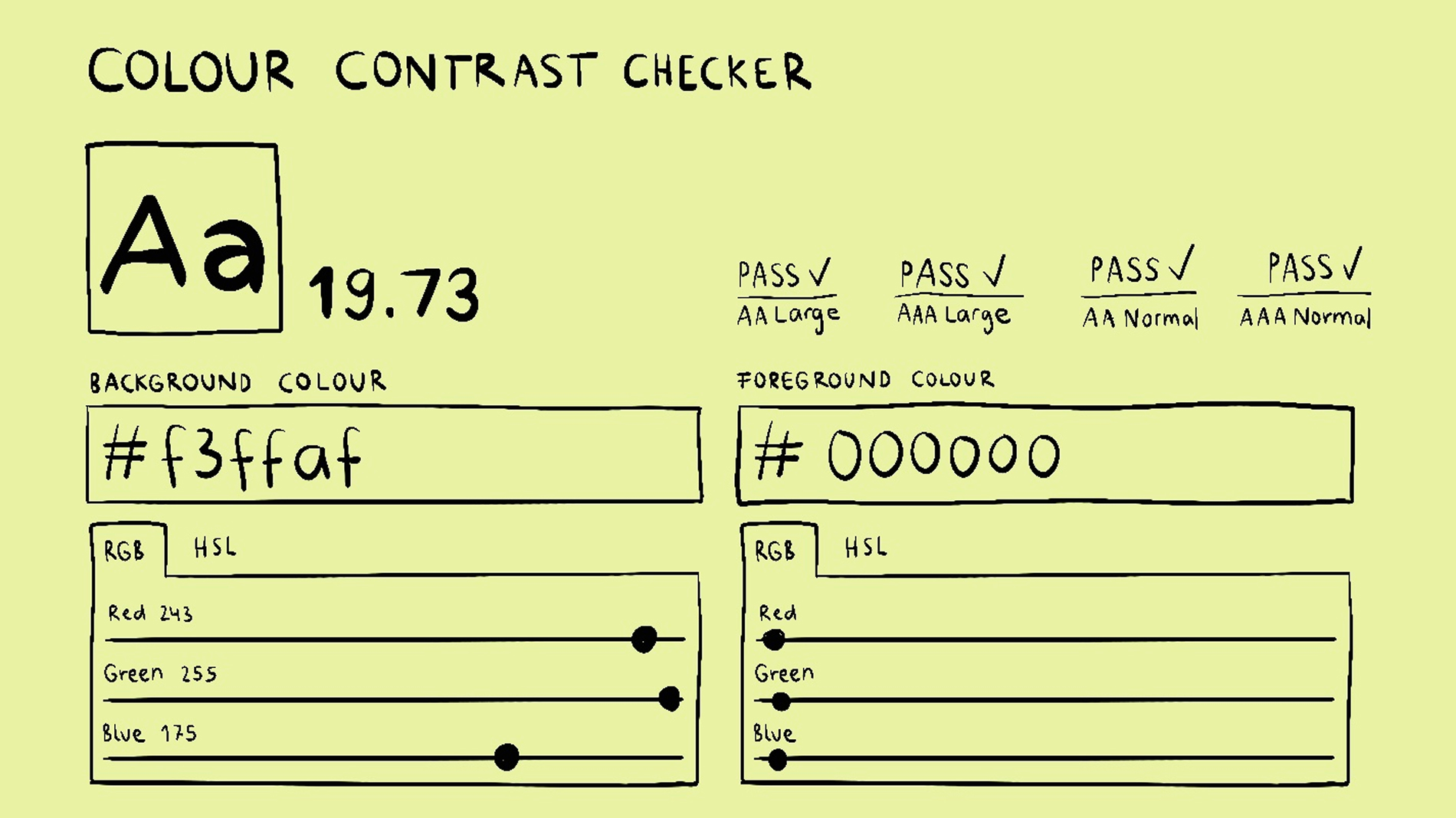Accessible websites:
What will change in 2025 and why it concerns everyone


The Accessibility Enhancement Act (BFSG) implements the EU directive “European Accessibility Act.” The goal is to make digital products and services usable for all people, including those with visual, hearing, motor, or cognitive impairments. For websites, this means:
This affects almost everyone who offers digital services, i.e., online shops, appointment booking systems, or contact and registration forms. Pure “business card” pages without interaction are generally not included. Important: Even if you integrate external tools or plugins, you remain responsible as the operator. You must ensure that these are accessible or that an equivalent alternative is offered.

Web accessibility works like a puzzle: only when all the elements fit together and each part has been carefully thought out can a coherent and usable whole be created.

The good news is that there are clear standards to guide you, particularly the WCAG (Web Content Accessibility Guidelines). These are based on four basic principles:
Sound abstract? Here are a few specific points:

Simply closing your eyes and pushing through won't work here. Accessibility requires a combination of technology and practice. Automated tools detect many problems, but true security can only be achieved through manual testing and feedback. Specifically, this means:
This also includes the mandatory accessibility statement, in which you document what measures have been implemented, what barriers still exist, and how users can report problems. This makes accessibility a continuous process rather than a one-time task.

Accessibility is more than just an obligation. It makes your website usable for everyone, expands your reach, reduces legal risks, and demonstrates responsibility.
Web accessibility is no longer a “nice to have” but a must. Since June 2025, many websites have been required to meet legal requirements. Those who start late will quickly find themselves under pressure. That's why it pays to act early: accessibility should be part of the design and code from the outset, and it must be tested regularly and communicated openly. At studio tülü, our design studio in Hamburg and Dortmund, this requirement has long been a natural part of the design process, because good design should always be accessible to everyone. Ultimately, it's not just about laws and deadlines, but about ensuring that everyone can use the internet.